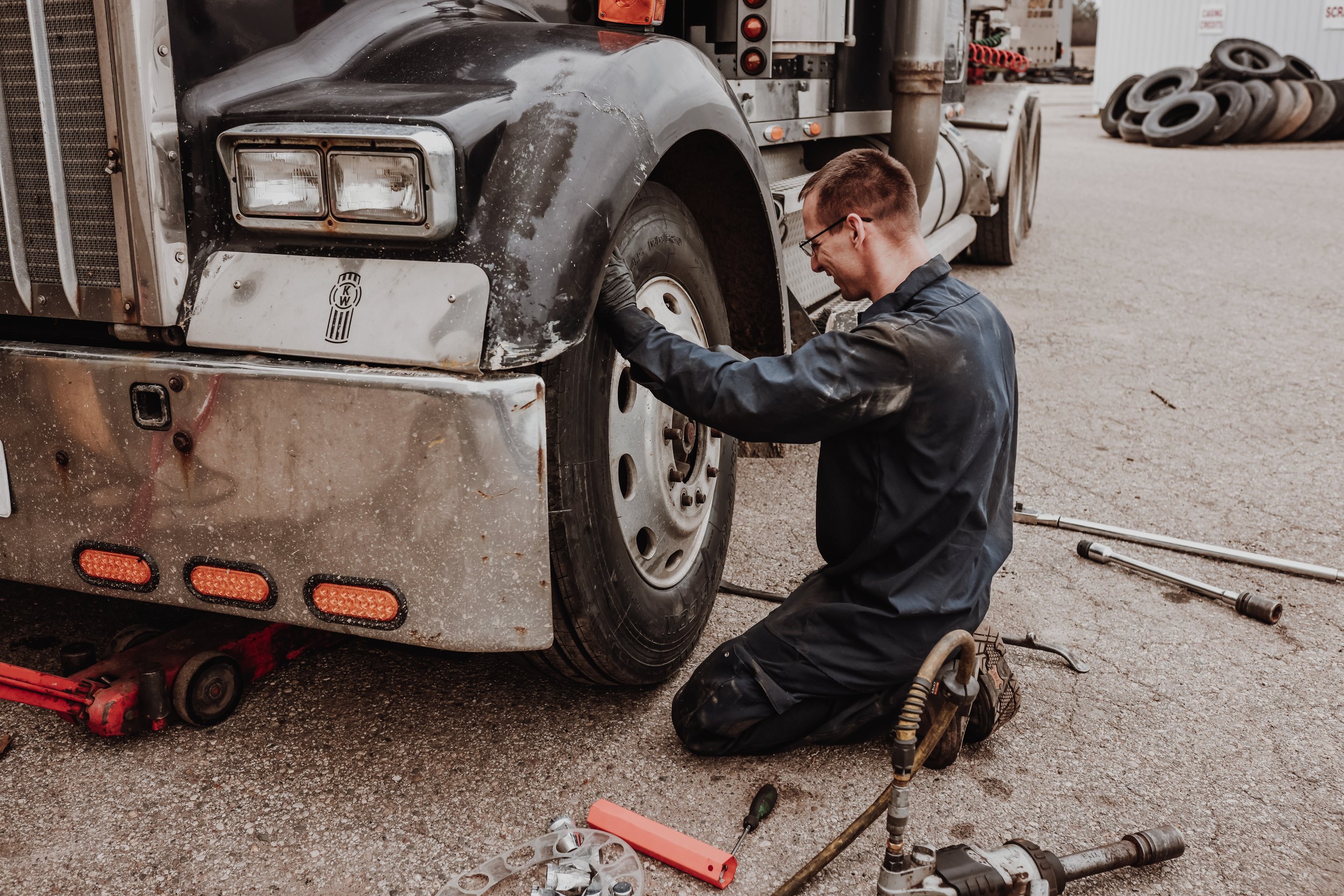Discover Tire Tracks Morris IL: Top Tire Selection
Discover Tire Tracks Morris IL: Top Tire Selection
Blog Article
Tire Repair Service Myths Debunked: Dividing Fact From Fiction
In the world of auto maintenance, tire repair holds a significant area, yet it is often shrouded in myths and misconceptions that can lead to complication for lorry owners (morris tire service). From the mistaken beliefs bordering patching versus plugging a pierced tire to the efficiency of various tire sealants, there are numerous key locations where clearness is required to make educated choices.
Usual Tire Repair Work Misconceptions
Dispelling widespread false impressions surrounding tire repair is critical for keeping road safety and prolonging the durability of your lorry's tires. One typical misconception is the belief that a pierced tire is beyond repair work and must be changed entirely. In truth, many punctures can be successfully fixed by a professional, adhering to industry requirements. It is vital to understand that not all punctures are developed equivalent; while some may certainly require a tire replacement, the bulk can be securely fixed.
One more misunderstanding is the concept that a DIY tire fixing package is a sufficient service for all tire issues. While these packages can be handy for temporary solutions in emergencies, they are not a permanent option and might not attend to the underlying problem (tire shop near me). Seeking the experience of a certified tire service technician is constantly advised to ensure the security and honesty of the tire

Can You Fix a Punctured Tire?
Repairing a punctured tire is a common method in the automobile market, typically executed by professional technicians following details guidelines and standards. However, not all punctures can be fixed. The area, dimension, and seriousness of the puncture are vital aspects in establishing if a tire is repairable. Leaks located on the step area of the tire are generally repairable as lengthy as they are within a certain dimension limitation and do not influence the tire's architectural stability.
It is very important to keep in mind that punctures near the sidewall or shoulder of the tire are usually not repairable due to safety issues. Such locations undertake substantial stress and flexing, making fixings unreliable and potentially harmful. Additionally, if the slit is too huge, surpassing the suggested repairable dimension, or if the tire shows indications of internal damages, it is much safer to replace the tire completely.
The Reality Regarding Patching Vs. Connecting
When considering the fixing of a resource pierced tire, understanding the differences in between patching and connecting is crucial for making notified choices regarding tire maintenance and security. Covering entails fixing the tire from the inside, where a spot is used to cover the slit. This method is thought about more reliable and resilient as it attends to the damage inside, minimizing the threat of air leakage and additional tire damage. check out here On the various other hand, connecting is a quick repair that entails placing a rubber link into the punctured location from the exterior. While connecting is hassle-free and can be done without removing the tire from the edge, it is generally taken into consideration a momentary service and might not offer the exact same level of sturdiness as a patch.
Misconception: All Tire Sealers Work

When selecting a tire sealant, take into consideration factors such as the size of leaks it can properly repair, compatibility with tire stress monitoring systems (TPMS), and whether it is safe for the tire material. Keep in mind, while tire sealants can be useful in emergencies, they are not a substitute for proper tire treatment and maintenance.
Best Practices for Handling Flat Tires
Because of the differing performance of tire sealants, understanding best techniques for taking care of blowouts is vital for maintaining road safety and car efficiency. When coming across a blowout, the primary step is to securely draw over sideways of the road, far from approaching website traffic. Switch on risk lights to notify other vehicle drivers of your situation. It is advised to use the emergency brake and place wheel wedges under the look these up tires to protect against the lorry from rolling. Next, consult your car's guidebook to find the spare tire, jack, and lug wrench. Prior to attempting to change the tire, make sure that the area is flat and secure. Loosen up the lug nuts, elevate the lorry with the jack, eliminate the lug nuts and puncture, and replace it with the spare tire. Tighten the lug nuts in a celebrity pattern, lower the lorry, and securely tighten the lug nuts. Store away the flat tire, devices, and equipment, and bear in mind to check the extra tire's pressure occasionally. Complying with these finest techniques can aid you manage punctures properly and securely.
Final Thought
To conclude, it is necessary to separate reality from fiction when it pertains to tire repair service misconceptions. Understanding the fact about patching vs. plugging, the efficiency of tire sealers, and finest practices for managing flat tires can assist make certain the safety and security and durability of your tires. By debunking usual mistaken beliefs and following proper fixing standards, you can make educated choices when it comes to maintaining the health and wellness of your lorry's tires.
Report this page